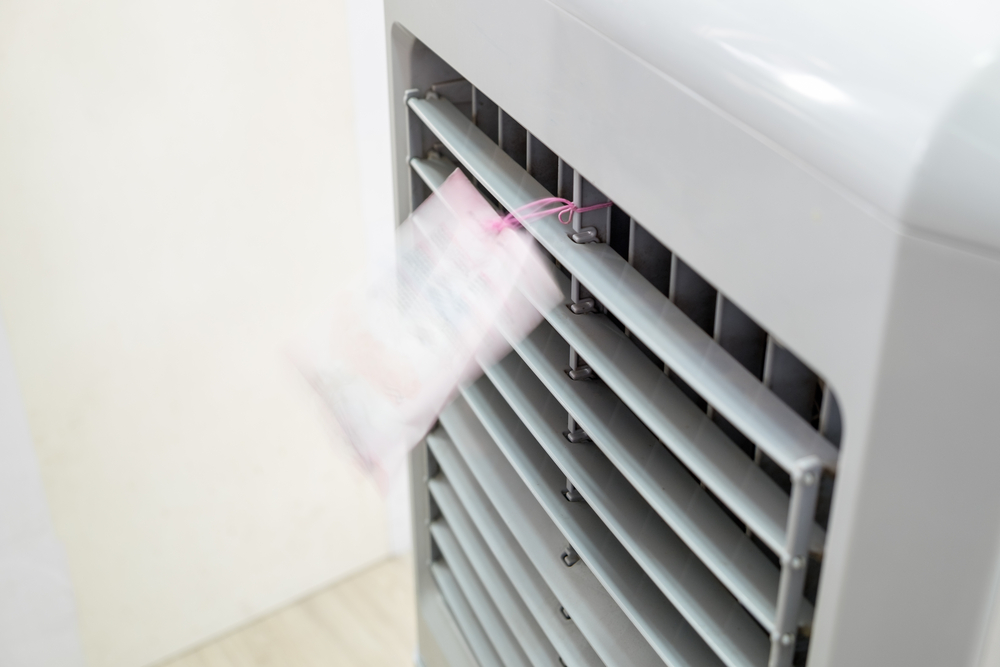
How Does Direct Evaporative Cooling Work?
September 15, 2023 8:54 pm Leave your thoughtsDirect evaporative cooling has emerged as a promising technology in the quest for energy-efficient and sustainable cooling solutions. Direct evaporative cooling utilizes the fundamental principles of heat transfer and psychrometrics to provide effective cooling while minimizing energy consumption. In this blog post, we will delve into the intricacies of how direct evaporative cooling works, exploring its components, processes, and benefits.
The Basic Principles of Direct Evaporative Cooling
Understanding the elements at play within a direct evaporative cooling system is crucial to comprehending its operation. This cooling process involves the evaporation of water to cool the air passing through the system. The following components make up a typical direct evaporative cooling setup:
- Wetted Media: A porous material, such as a cooling pad or mesh, provides a large surface area for water evaporation and efficient moist air contact.
- Water Circulation System: A network of pipes, pumps, and nozzles that facilitate the controlled flow and distribution of water over the wetted media.
- Air Distribution System: A fan or blower that forces air over the wetted media, allowing it to contact the evaporating water and cool significantly.
The Evaporative Cooling Process
Direct evaporative cooling harnesses the principles of heat transfer and psychrometrics to achieve its cooling effect. Here’s a step-by-step breakdown of the process involved:
Intake of Ambient Air
– The system pulls in dry ambient air from outside, utilizing it as the primary cooling medium.
– This air, often drawn from a rooftop or fresh air intake, typically has a higher temperature and lower humidity.
Water Evaporation
– Water from the circulation system is distributed evenly over the wetted media.
– As the dry ambient air is forced through the media, it comes into contact with the water-saturated surfaces.
– The dry air absorbs the moisture within the media through evaporation, cooling down the surrounding air.
Temperature and Enthalpy Reduction
– The heat energy required for water evaporation is absorbed from the dry air, reducing its temperature.
– Although the latent heat transfer cools the air, the relative humidity increases due to the added moisture content.
Supply of Conditioned Air
– The cooled and humidified air, now having lower temperature and higher humidity, is directed into the desired space.
– The indoor air circulates, lowering the overall temperature and improving comfort for occupants.
Benefits of Direct Evaporative Cooling
Direct evaporative cooling offers several advantages over traditional cooling methods. Some notable benefits include:
Energy Efficiency
– Direct evaporative cooling consumes significantly less energy than conventional air conditioning systems, reducing utility bills.
– The simple design, eliminating the need for compressors or refrigerants, further enhances energy efficiency.
Environmentally Friendly
– Direct evaporative cooling minimizes reliance on harmful refrigerants and reduces carbon emissions by utilizing water evaporation as the basis for cooling.
– The low power consumption associated with this technology contributes to lowering the overall environmental impact.
Fresh Air Circulation
– Unlike other cooling methods that often recirculate the same air, direct evaporative cooling systems constantly introduce fresh, outdoor air into the space.
– This frequent air exchange ensures improved indoor air quality, allowing occupants to breathe clean and oxygen-rich air.
Contact Premier Industries, Inc.
Premier Industries, Inc. offers cutting-edge direct evaporative cooling solutions for those striving to optimize their cooling systems. As industry pioneers, Premier Industries, Inc. leverages advanced technology and expertise to tailor efficient cooling systems to meet your specific needs. Explore our range of products and learn how direct evaporative cooling can revolutionize your cooling strategy.
Categorised in: Evaporative Cooling
This post was written by Mike Nicolini
